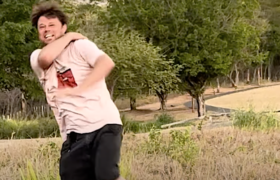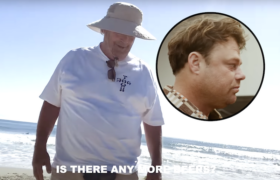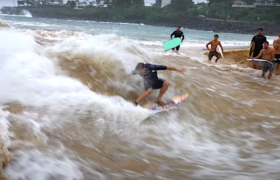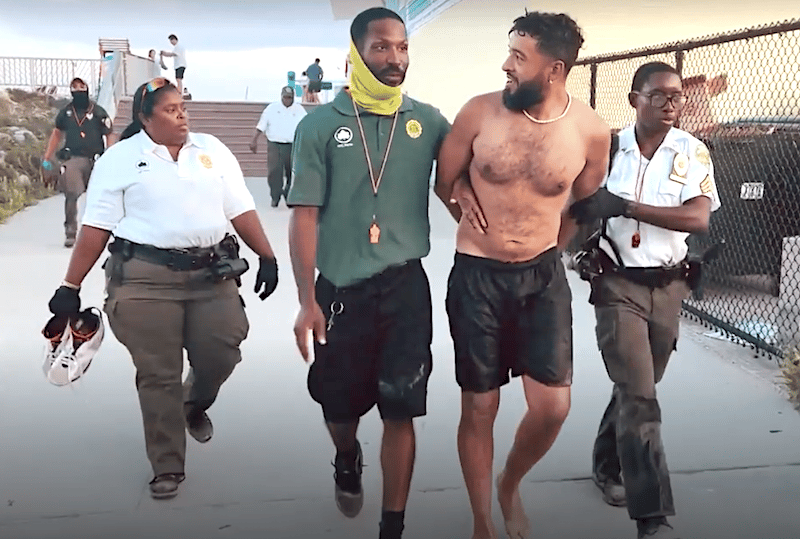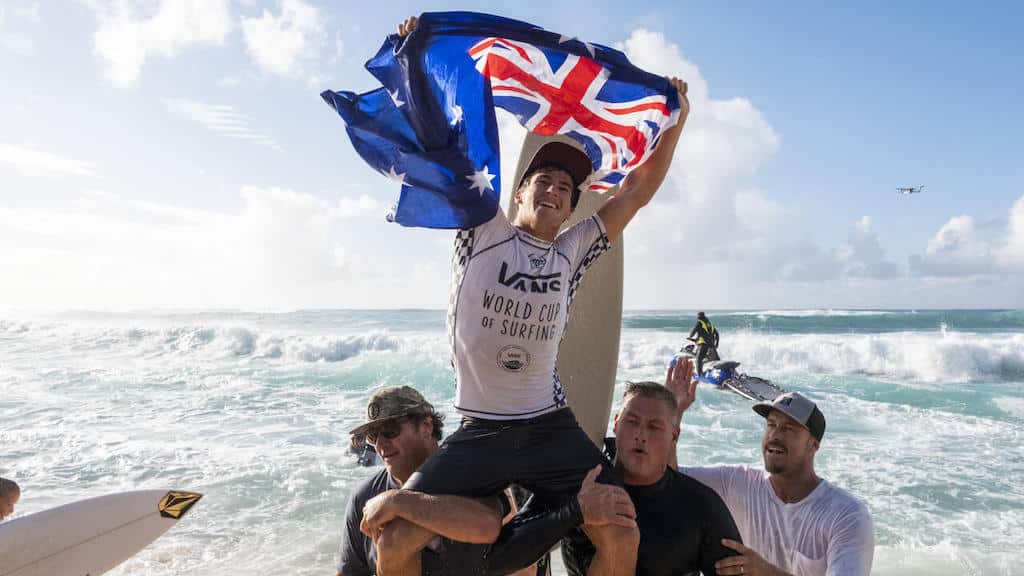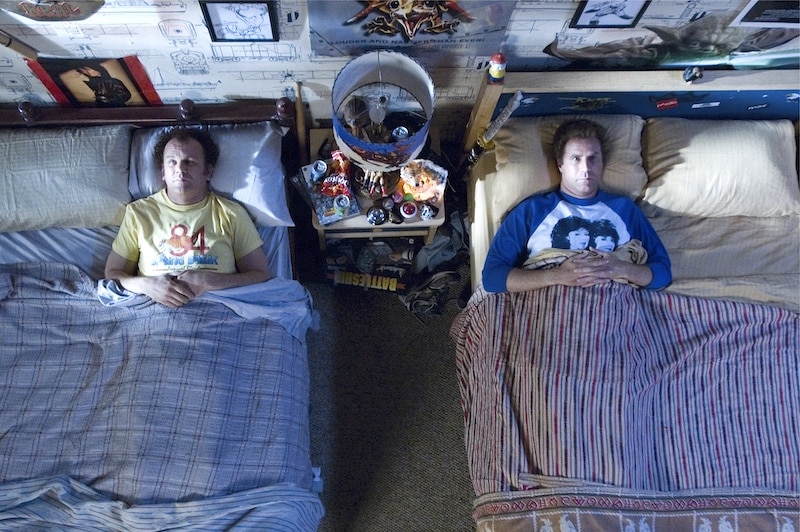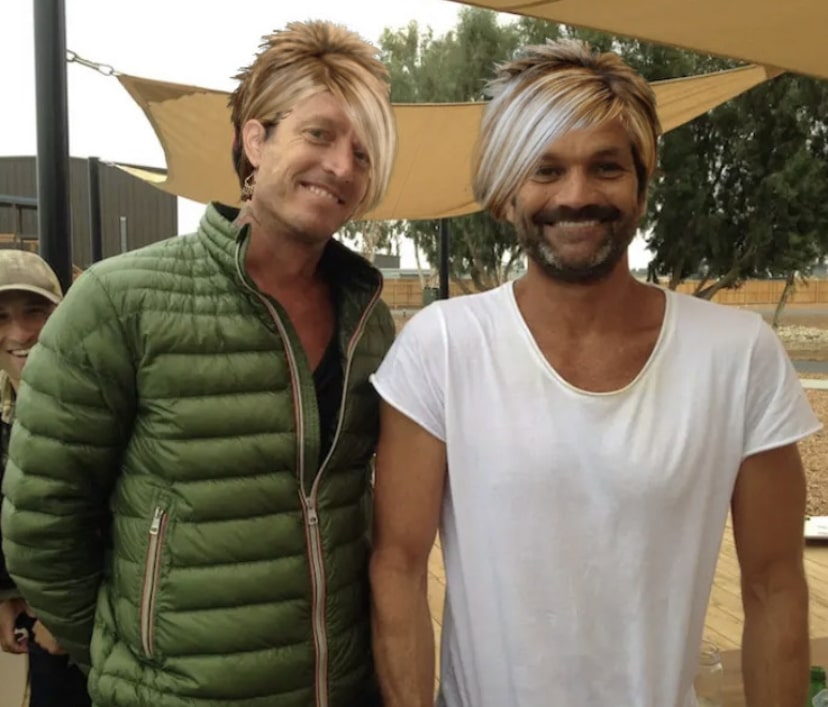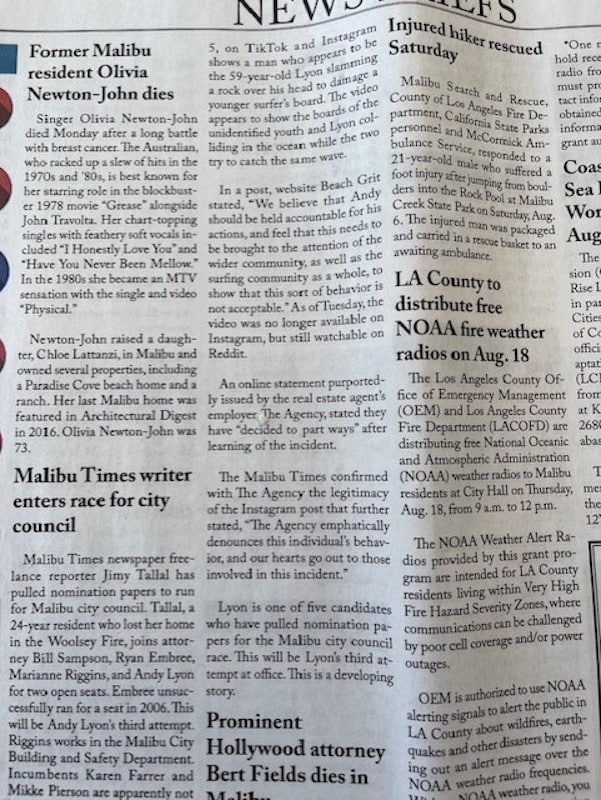Black blonde Connor O'Leary too!
Jingoism, in professional surfing, used to be very much part of the joy of watching, cheering. Australians, in my memory, made much better fun of Americans, who were slow and clumsy in understanding how to employ Cockney rhyming slang (see: Yank = Septic Tank = Seppo). South Africans were easy targets, French surfers easier, Brazilians the easiest of all.
Those days are gone, now, with only Brazilians, lonely on the World Surf League’s YouTube feed, shouting “WORLD SHAME LEAGUE” to each other in the side bar.
Posting green and gold emojis.
Well, iconic British newspaper The Guardian surprised its readers, yesterday, by heralding a return to “The Golden Age of Australian Surfing” in the form of Ethan Ewing, Jack Robinson, Callum Robson and Connor O’Leary. Surprised because the the hair color of the first three ranges from towhead to dishwater blonde, because we all now know that white masculinity has actually destroyed surfing and because any idea of a return to a “golden age” is generally colored caucasian.
At least Connor O’Leary, half-Japanese, held down the diversity, though he is still, at time of writing, male.
The Guardian, anyhow, exploded out of the gate:
Against a backdrop of successive eras of champions, the past few years have been a fallow season for Australian men’s surfing. For decades they were a dominant force on the World Surf League and its predecessor competitions. The reign of Mark Richards, known simply as MR, in the early 1980s led into Tom Carroll’s two world titles. A golden era followed in the 1990s and early 2000s, when Mark Occhilupo, Mick Fanning and Joel Parkinson went head-to-head with American superstars Kelly Slater and Andy Irons.
But since Fanning won his third and final world title in 2013, no Australian man has ended the season atop the rankings. It has been an era of Brazilians and Hawaiians. Australians have still been present – Julian Wilson placed third in 2017 and second in 2018, while Owen Wright has been a consistent presence and secured bronze at last year’s Olympics. But in 2019 only Wright flew the Australian flag in the year-end top 10, in ninth. Last year Morgan Cibilic was the lone Australian to qualify for the WSL finals, a new format to determine the title involving the top five ranked surfers (Cibilic qualified fifth and did not progress beyond the opening round).
In 2022, the Australians are back with a bang. A new golden era of Australian men’s surfing beckons.
As the competition window for the final event of the regular season opened this week at the Tahiti Pro, four Australians sit within the top 10. Connor O’Leary and Callum Robson are ninth and seventh respectively, while Ethan Ewing is third and Jack Robinson in second place. Three members of this quartet are under 24.
Brushing toxicity aside, very fun though not as fun for Americans, who only have Griffin Colapinto, Kolohe Andino and Nat Young, ranging from dirty blonde to blinding, in the mix.
No “golden age” there.
The question, I suppose, how will Brazilian surf fans react?
Calls to riot on The Guardian’s King’s Place, London porch?
Filling comment sections under stories about Salman Rushdie’s recovery with “CRY IS FREE!”
Our British journalist friends should brace themselves.
